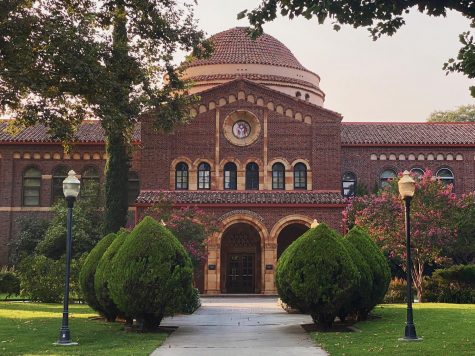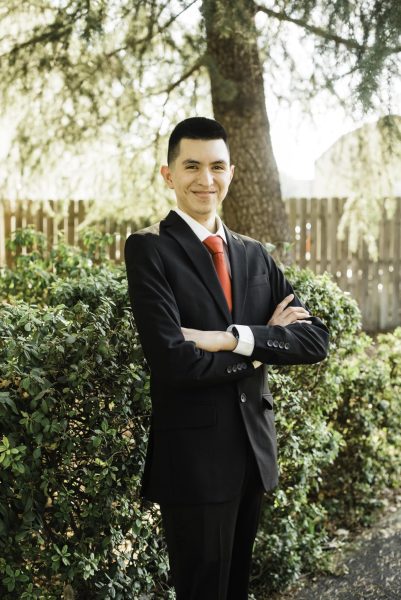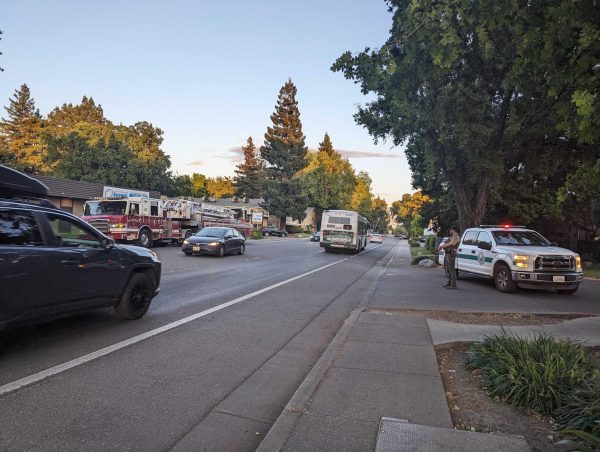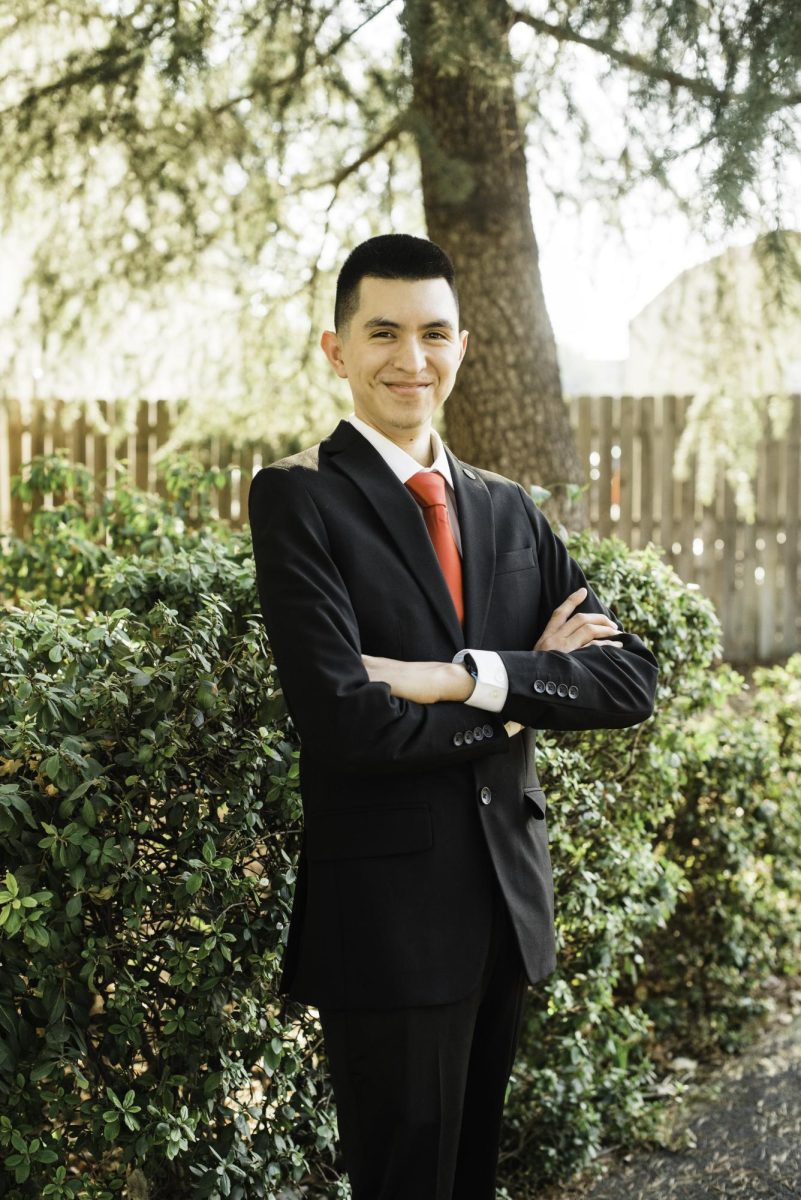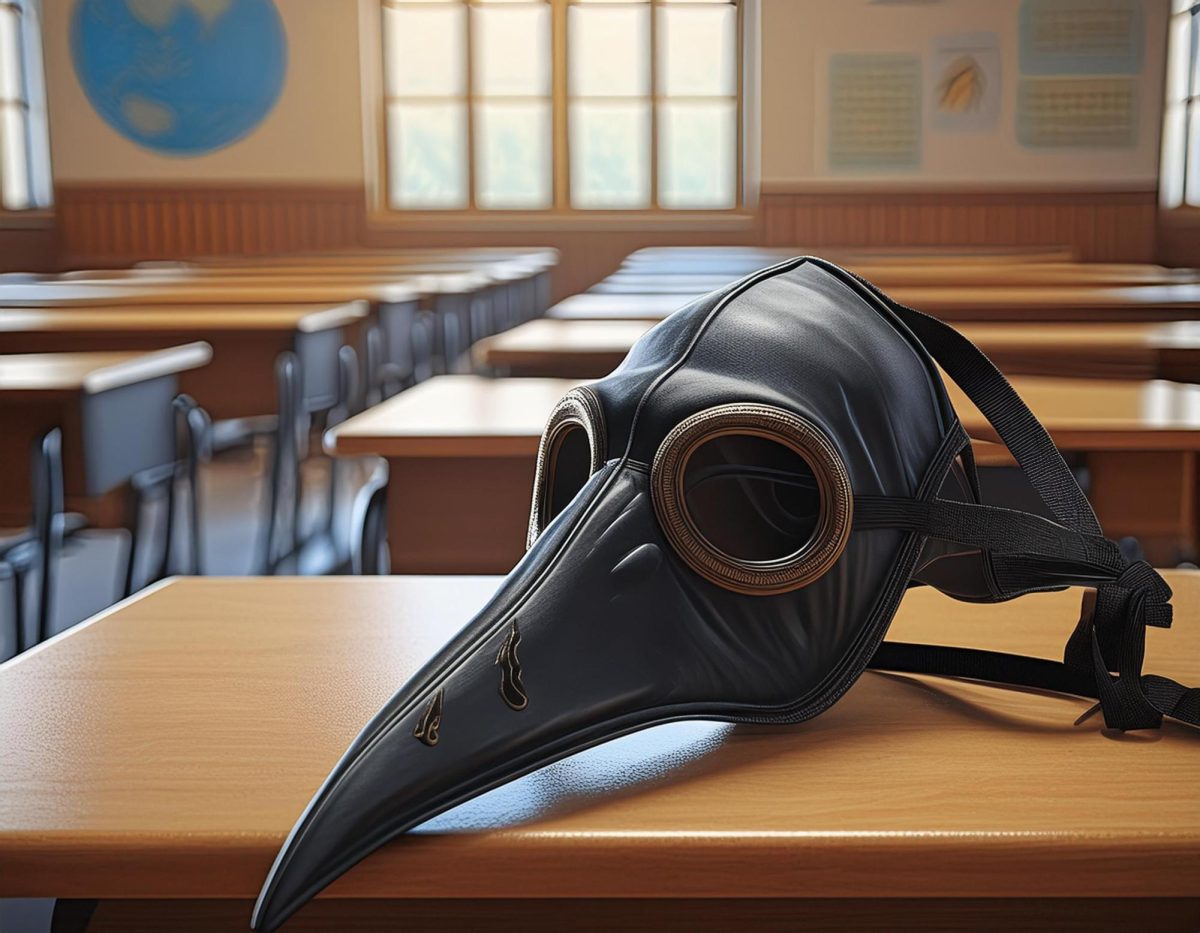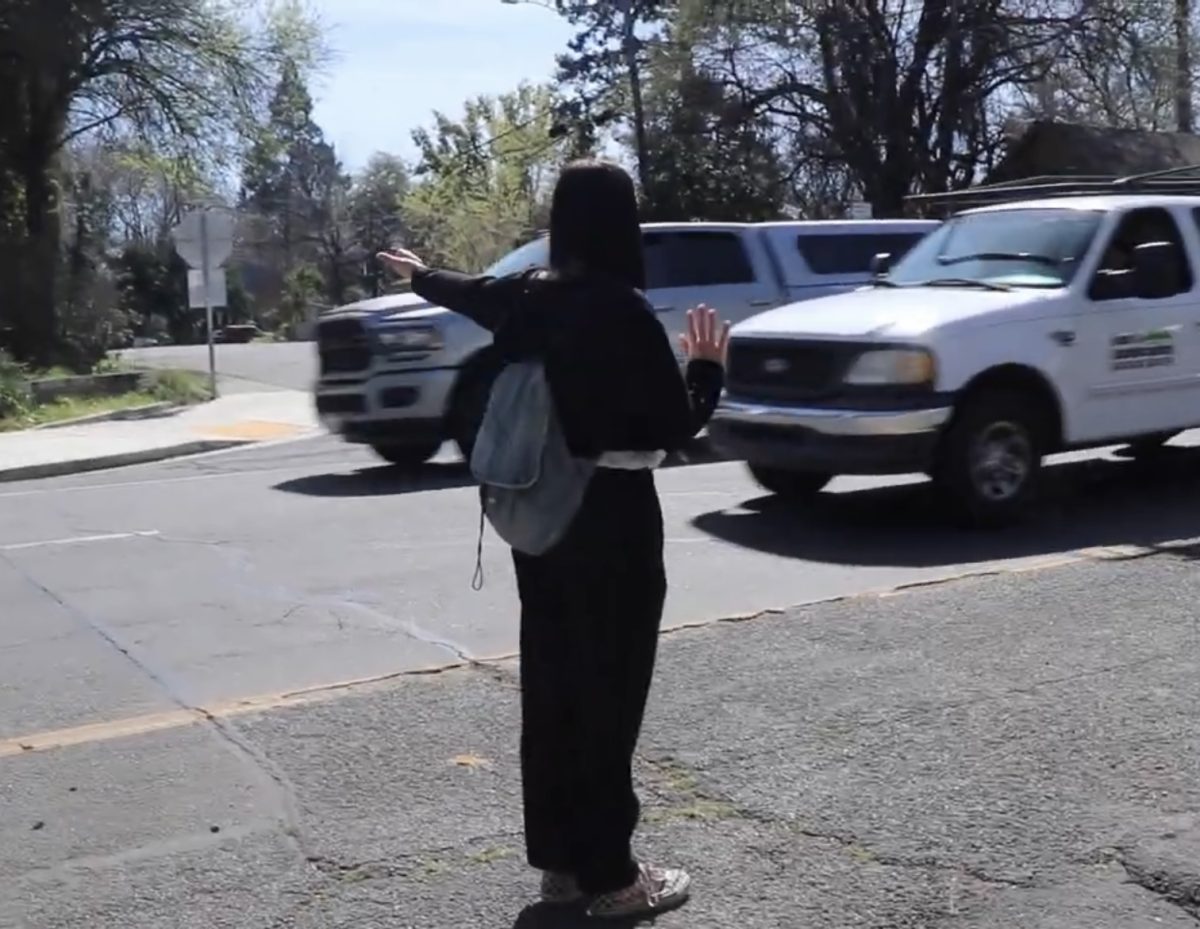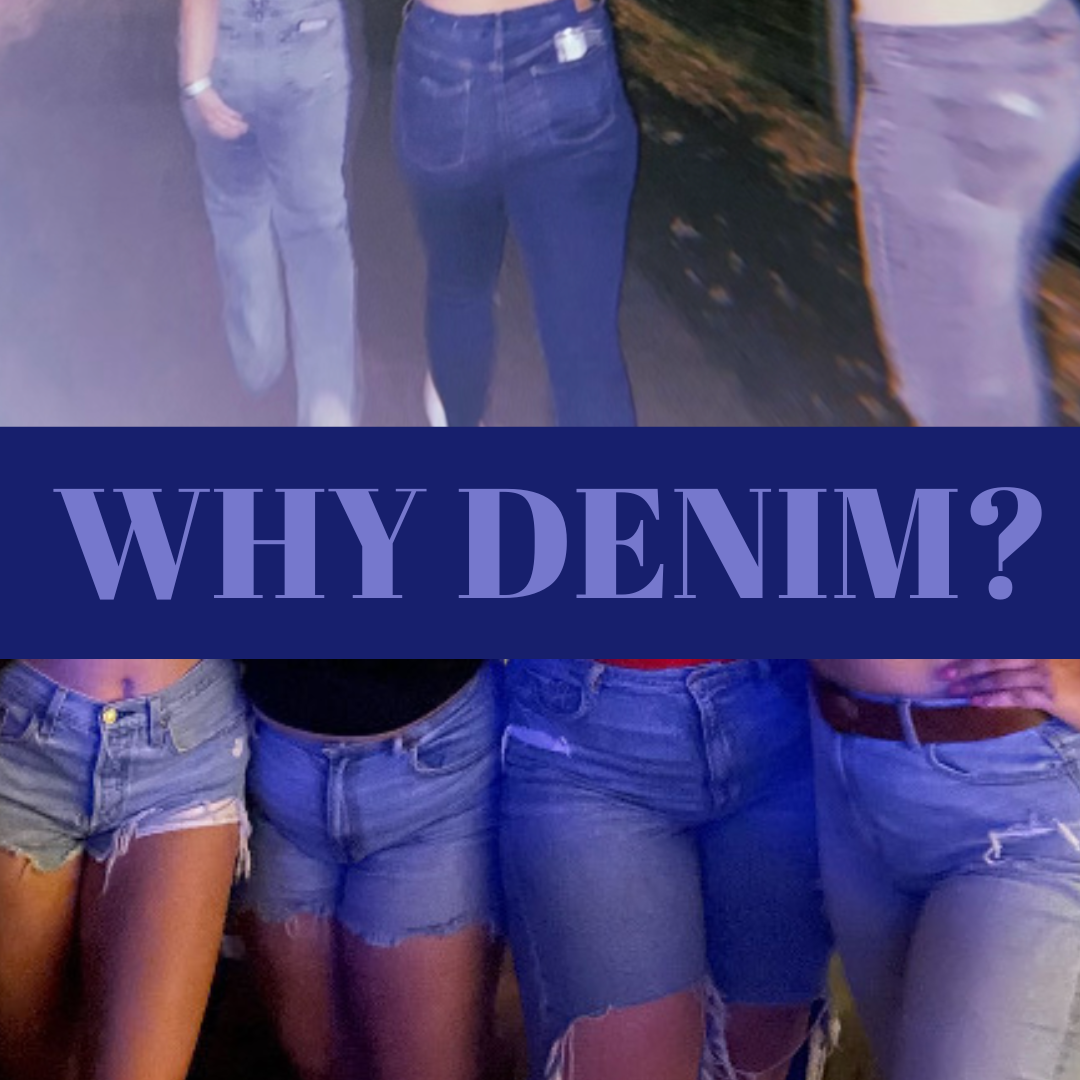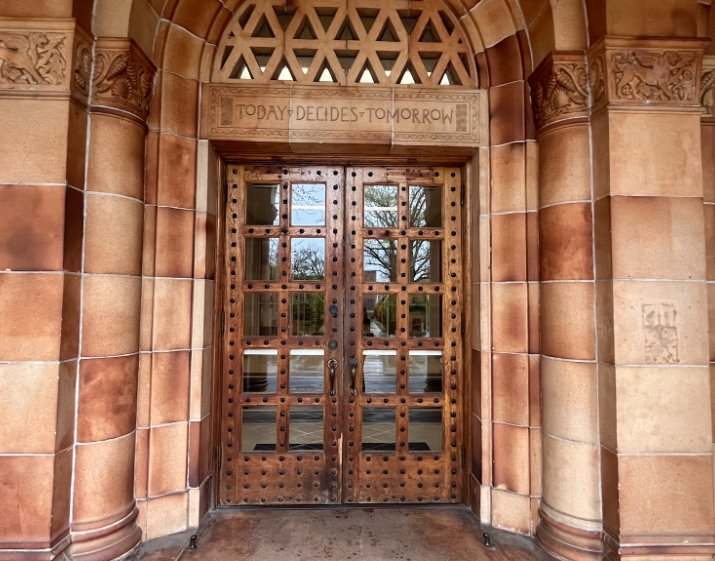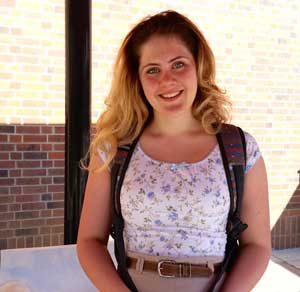
This year the Easter Bunny will be hopping its way into 80 percent of America’s homes. While 50.8 percent of Americans will be attending church Easter Sunday to celebrate the resurrection of Jesus Christ, many may be curious about where all of these religious and nonreligious symbols associated with the holiday originated.
Christian Faith
According to scripture, Easter Sunday celebrates the death and resurrection of Jesus Christ, who died on the cross for the sins of man. Good Friday is celebrated on the Friday before Easter in remembrance of Jesus’ death. The most well-attended Sunday service of the year is on Easter, to celebrate Jesus’ resurrection after three days.
Easter Bunny
In Germany, rabbits are seen as an ancient symbol of fertility and new life. The Easter Bunny was introduced to America German immigrants who came to Pennsylvania in the 1700s. They told stories of an egg-laying hare who delivered decorated eggs to children that had been good on Easter Sunday.
The immigrants often called the bunny “Osterhase” or “Oschter Haws,” and the children would traditionally make nests for the Easter Bunny to put the eggs into.
Mary Balcom, sophomore construction management major, remembers leaving the Easter Bunny a special gift every Easter when she was little.
“The night before Easter we would leave out carrots for him to eat,” Balcom said. “We only did this when I was really little, but it was still exciting to see them gone in the morning.”
Easter Eggs
Another big part of the holiday is of course the infamous Easter egg. The egg is a symbol of new life and has been associated with pagan festivals celebrating spring. In the Christian faith, the egg is also said to represent Jesus’ resurrection.
Decorating eggs has been around since the 13th century. One theory of why we decorate eggs is that eggs used to be a forbidden food during the Lenten season. One myth states that people would decorate and paint them to mark the end of the period of penance and then eat them on Easter Sunday to celebrate.
Nowadays, it is just part of the Easter tradition to dye and decorate eggs and the meaning of the traditional symbols has been lost over the years.
“It’s just something we did,” Balcom said. “I never really questioned why. It just happened and it was fun.”
Coloring eggs and hiding them is also a part of Easter that is celebrated by religious and nonreligious people alike. Ali Moreno, a senior english major, recalls her Easter Sunday consisting of both traditions.
“Growing up we would always do the Easter egg hunts, decorate eggs and get lots of candy when we were with my dad,” Moreno said. “When we were with my mom, we would wake up and there would be an Easter basket for us and then we would go to church. I did a lot of church activities on Easter.”
Although the religious and the secular sides of Easter can be vastly different, they also have similar qualities and are brought together by traditions.
“If you celebrate Easter in a secular wa,y it’s just all about Easter eggs, the Easter Bunny and candy,” Moreno said. “If you celebrate it in a religious way, it’s still more or less about the candy and eggs, but it has a religious meaning or tint to it.”
Jason Spies can be reached at [email protected] or @Jason_Spies on Twitter.

